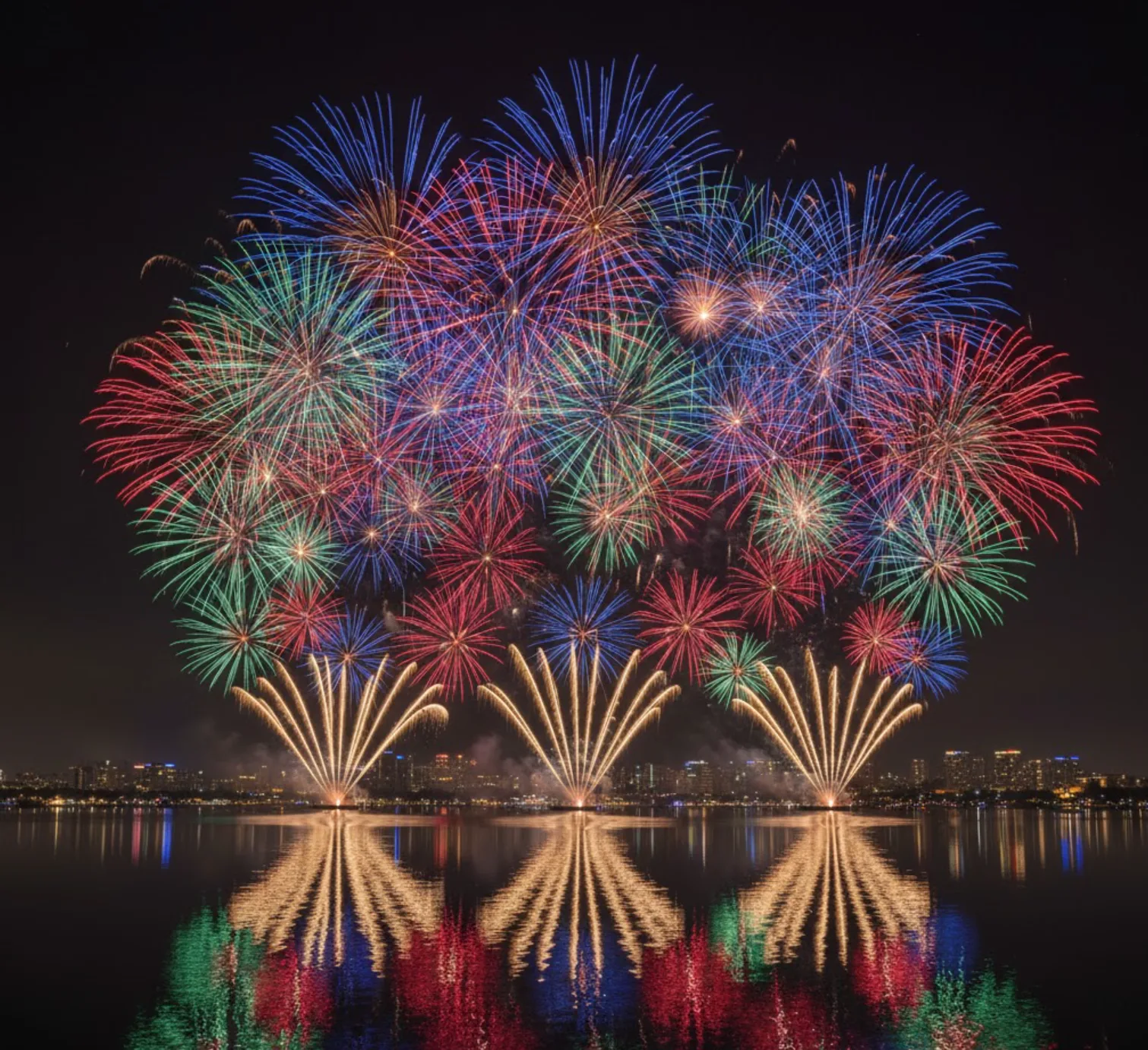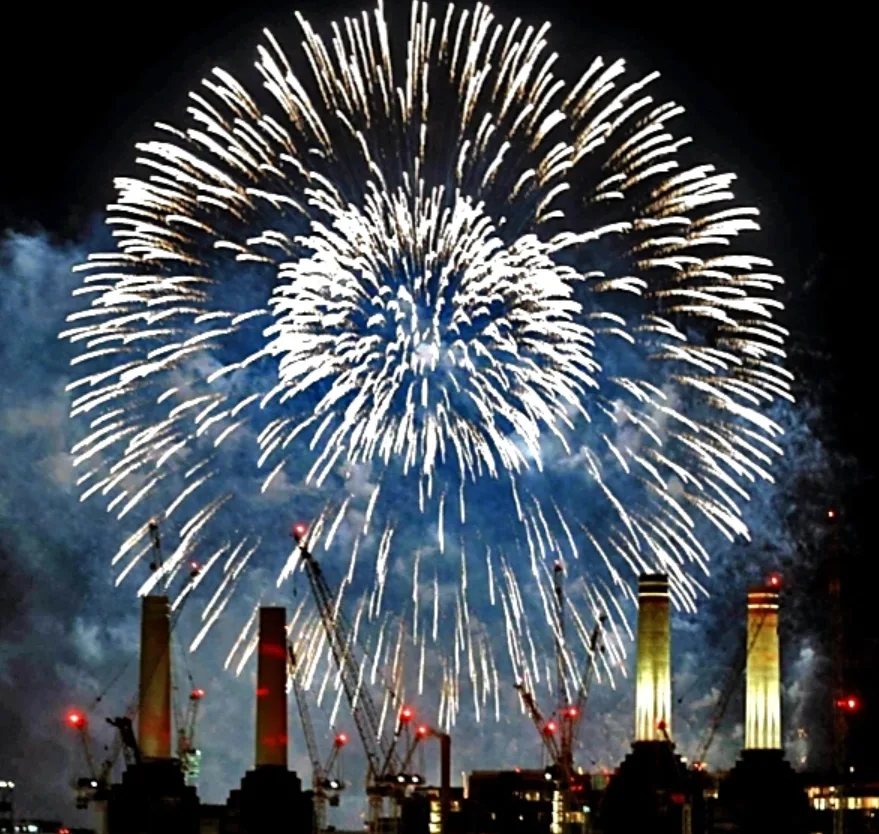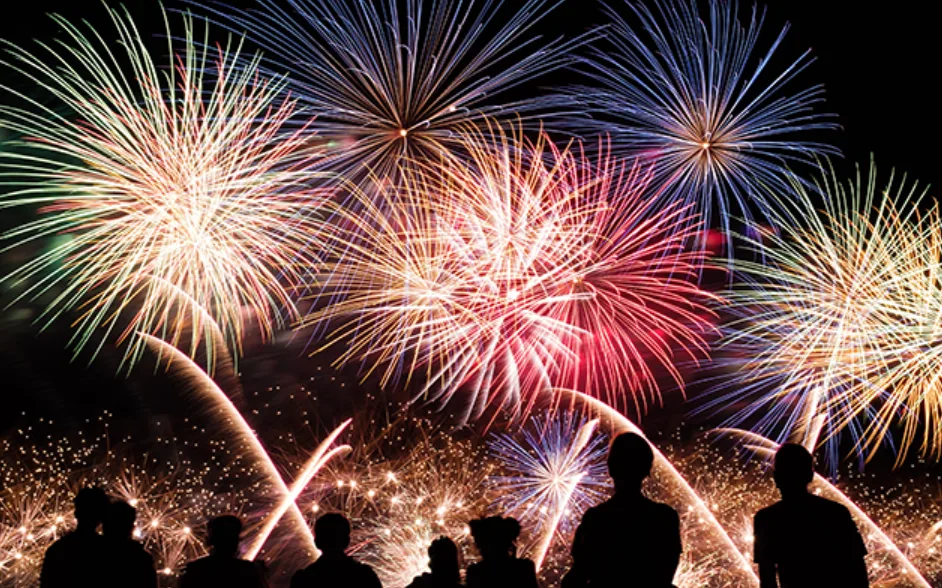When the curtain of night descends, transforming the terrestrial world into a canvas of deep indigo, a collective sense of awe and anticipation begins to settle. It is in this profound darkness that we await the illumination of a spectacle both ancient and intensely vibrant: the fireworks display. More than just a combustion reaction, pyrotechnics represent a fascinating confluence of science, art, and profound human emotion.
The fundamental allure of fireworks lies in their deliberate ephemerality.
Their beauty is inherently paradoxical: a meticulous, time-consuming construction designed for a fleeting, glorious existence. This transience is precisely what amplifies their impact. Unlike a static painting or a permanent sculpture, a firework demands our immediate, undivided attention. It forces us to engage fully with the present moment, because the magnificent "chrysanthemum" or the sweeping "willow" that dominates the sky will dissolve into smoke and silence within seconds. This brief, intense lifespan mirrors the cherished moments in our own lives—vivid, precious, and ultimately unrepeatable.
Historically, the invention of fireworks is intrinsically linked to the development of gunpowder, originating in ancient China.
What began as a tool for religious ceremony and warding off evil spirits evolved into an expressive medium. The transition from simple firecrackers to the complex, choreographed displays of today is a testament to human ingenuity and relentless pursuit of beauty. The precise engineering required to control the trajectory, altitude, and timing of each aerial shell is remarkable. A modern pyrotechnician is an artist, a chemist, and an engineer, meticulously designing the compositions—the careful ratio of oxidant, fuel, stabilizer, and the crucial metal salts that dictate the specific color palette—that will paint the night sky.
The sensory experience of a fireworks show is holistic. The initial percussive boom, resonating deep within the chest, is followed by a cascade of light.
The vibrant hues—the strontium salts for crimson, barium for emerald, green, and copper for brilliant blue—don't just appear; they are born from intense thermal energy. They momentarily transform the overhead void into a cathedral of light, an overwhelming visual and auditory event that momentarily suspends disbelief and connects the audience in a shared moment of wonder.
Moreover, the enduring global presence of fireworks speaks to their power as a universal symbol.
From New Year's Eve celebrations that mark the passage of time, to national holidays commemorating pivotal historical moments, fireworks serve as a communal punctuation mark. They are the dramatic flourish that underscores collective joy, triumph, and hope. They are, quite literally, a shining projection of our shared aspirations against the infinite backdrop of the cosmos.
In conclusion, the firework is far more than a dazzling display of controlled explosions. It is a profound, albeit brief, meditation on beauty, time, and human endeavor. It reminds us that the most significant moments are often the most fleeting, urging us to cherish the brilliance of the now before it elegantly fades into memory.






